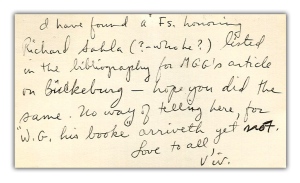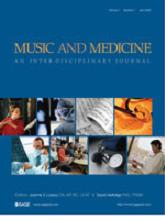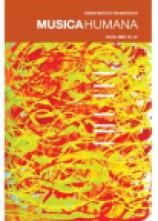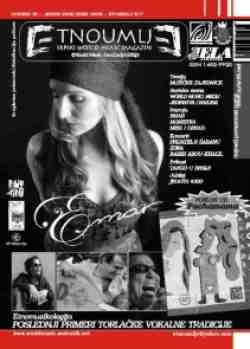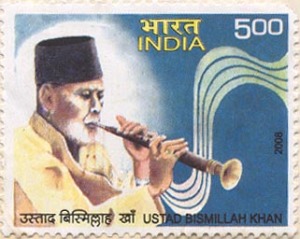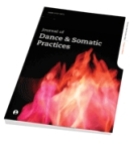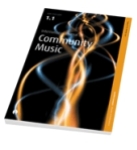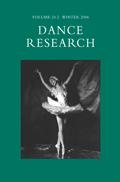When we commenced work on our Festschriften retrospective project (the first volume, Liber amicorum, was recently published) we began with what was then the gold-standard reference work, Walter Gerboth’s An index to musical Festschriften and similar publications.
 The Head Librarian of the Brooklyn College music library that now bears his name, Gerboth amassed a large collection of music Festschriften during the compilation of his book, and he bequeathed this collection to the library; Marguerite Iskenderian, a Music Cataloguer there, kindly shared these books with us so we could write abstracts for the essays therein. She also shared with us his collected notes—his Nachlaß—which he had also left to the library.
The Head Librarian of the Brooklyn College music library that now bears his name, Gerboth amassed a large collection of music Festschriften during the compilation of his book, and he bequeathed this collection to the library; Marguerite Iskenderian, a Music Cataloguer there, kindly shared these books with us so we could write abstracts for the essays therein. She also shared with us his collected notes—his Nachlaß—which he had also left to the library.
Like any good librarian of his time, Gerboth kept obsolete catalogue cards for scratch paper; his notes are all on the back of such cards, some neatly typed, some hastily handwritten. Most of these notes were citations for music-related articles in Festschriften with nonmusical dedicatees, articles that he had discovered in bibliographies or other sources; many were noted after his book had gone to press, for inclusion in a second edition that never materialized.
Among these cards were notes from his friends and associates with further citations or suggestions. One of the latter, reproduced below, includes the question “Who he?”—a humorous catch-phrase from a bygone era, perhaps originating in an old radio comedy.
